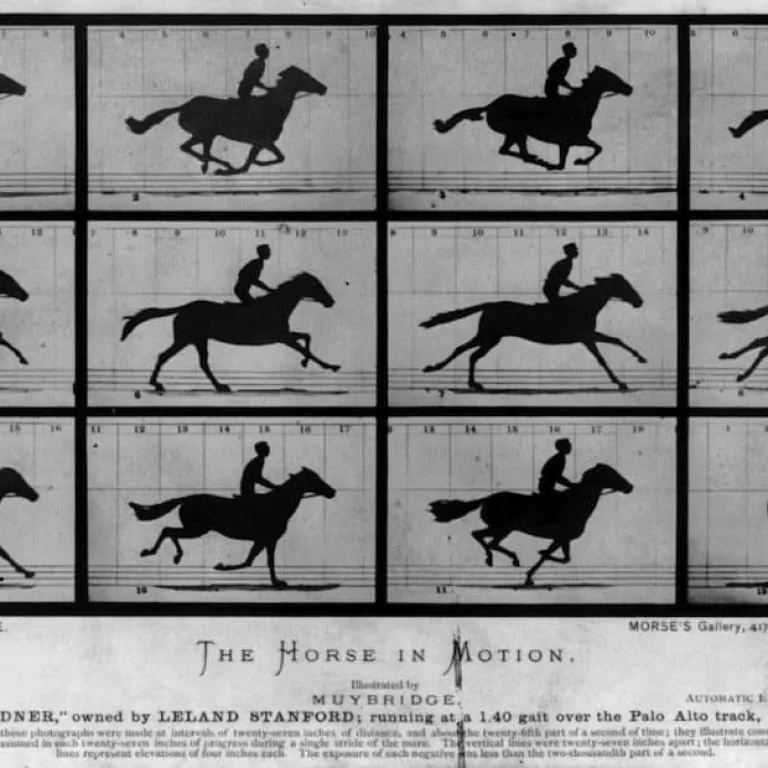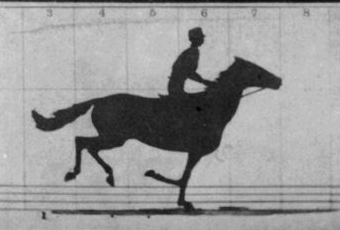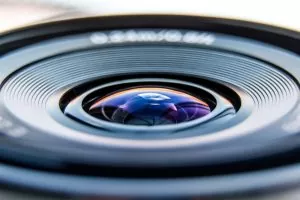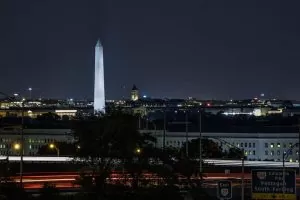
News Time-lapse as part art, part science
The humble beginnings of time-lapse photography are rooted in science but its more contemporary applications have grown towards more artistic fields.
As a technical process, reliant on specific timings and frame rates, time-lapse can be considered as largely science-based.
On the other hand, however, the creativity that this medium fosters, endorses a more artistic view of time-lapse.
Scientific beginnings
The foundations of photography were invested in science and factual discovery.
Chemists, astronomers, botanists and inventors of all kinds utilised photography as a scientific tool in their work, unearthing new discoveries and recording them for future generations to build on.
Pioneers of the medium, like Anna Atkins (1799-1871), utilised an early type of photographic technique (the cyanotype), to record many different kinds of plant specimen. Her work – published as British Algae: Cyanotype Impressions (1843) – is still thought of as a seminal contribution to botanology (the study of plants).
Fast forward a number of years to the 1870s and the inception of time-lapse photography. English photographer, Eadweard Muybridge, was thought to have birthed the starting point for the development of this technique, taking regular interval photographs to document the construction of the San Francisco Mint.
Muybridge then went on to capture The Horse in Motion using a mechanised set-up of 24 cameras along the edge of a race track, in order to record the gallop of a horse. The results helped to confirm the theory that galloping involved the horse as having both its front and rear hooves off the ground at once as it moved.

By Eadweard Muybridge, Animation: Nevit Dilmen – Library of Congress Prints and Photographs Division; [Public Domain].
The development of time-lapse photography through the decades proceeding Muybridge’s groundbreaking work, remained highly scientific in purpose: used to document the life of plants and other natural growth processes.
As we have previously discussed, time-lapse continues to yield many advantages for scientific study, in fields such as astronomy, the natural sciences and biology.
The process of time-lapse itself is also incredibly technical. The specifics – the timings and frame rates which are the fundamentals of time-lapse – are ultimately mathematical.
For a time-lapse video to work successfully the balance between timing and frame rate needs to be correct.
Following the basics of video, time-lapse videos are typically projected at 25 frames per second. To make capture worthwhile with these numbers, the camera would need to take a photograph once every second for at least 25 minutes, in order to produce a one-minute video of about 1,500 individual frames.
For the perceived speed, then, the mathematical equation is projection frame rate / camera frame rate.
 Of course, most DSLR cameras do the math for you but, arguably, for sustained and high quality capture, being able to work manually with the camera is absolutely necessary. Automatic settings can also hinder the overall quality of a time-lapse video, encountering problems with exposure, level and focus.
Of course, most DSLR cameras do the math for you but, arguably, for sustained and high quality capture, being able to work manually with the camera is absolutely necessary. Automatic settings can also hinder the overall quality of a time-lapse video, encountering problems with exposure, level and focus.
Indeed, producing a professional-looking time-lapse video means that there is an array of variables to take into account – even before you have started shooting: subject, location, duration, method, lighting, execution and equipment.
Managing all of this can mean that time-lapse photography is a slow process – but one that can be done properly with the right amount of knowledge, skill & experience.
Time-lapse & art
But like photography itself, significant advances in technology have led to a shift in how it is used and experienced.

Above: ‘House of Cards’ by Geoff Livingstone on Flickr.
In fact, one of the most significant debates in the field of photography is its evolution from being considered as something with a purely scientific function, to being thought of as a medium with much more artistic potential.
The same can be argued for time-lapse: recent decades of development, particularly from the 1950s onwards, has certainly shown the medium to grow in popularity and vary considerably in terms of application. The use of time-lapse in film & TV, for example, has also helped to further popularise the technique and perhaps encourage more creative pursuits.
Notably, capture of artistic processes are the ideal subject for time-lapse. The figure of the artist in relation to their work is an important part of the whole narrative behind the art produced.
We time-lapsed Charming Baker in his studio as he prepared for his solo show at Sotheby’s S2 Gallery, London, back in 2016.
Seeing Charming in his working environment lends a personal dynamic to his professional life, while at the same time, accurately documenting his work process.
Additionally, the time it takes for an artistic work to take shape can involve many hours of practice and application. Time-lapse is able to facilitate a visual means through which an artist can effectively communicate their artistic process to an audience in only a few minutes. (See this instalment of our Time-Lapse Trends series featuring 3D drawings.)
Time-lapse photography as art
As well as providing a lens through which to visualise art, time-lapse itself can be considered as artistic expression in and of itself.
There are now entire films that consist of time-lapse photography – beginning with Godfrey Reggio’s Koyaanisqatsi (1982), which is thought to have kickstarted the mainstream time-lapse movement. Indeed, such contributions really do push the boundaries of what is considered as art and how we get to experience it.
Indeed, the various additional techniques that share affinities with, and can be used to enhance the visual appeal of time-lapse photography, are testament to its creative rigour.
Hyperlapse, for example, uses the same basic principles as time-lapse but involves greater acceleration across longer distances, creating seamless motion paths while the camera continues to capture at regular intervals.
Similarly, layer-lapse widens the scope of a time-lapse sequence: using multiple time-lapse layers threaded together and over the top of each other, thus depicting the subject in various time contexts simultaneously.
Julian Tryba’s ‘Boston Layer-Lapse’ is a virally popular example of this impressive technique.
Producing such videos involves an extraordinary level of skill and technical ability. But the outcome is also a product of creative labour artistic vision. Indeed, time-lapse photography should be considered as part art and part science.